By Christopher Miskimon
It was nearly dawn on the morning of March 23, 1943, when a motorcycle and sidecar bearing two soldiers of the 10th Panzer Division blundered into the American lines in front of the town of El Guettar in Tunisia. One soldier was immediately captured and the other wounded. The prisoner quickly revealed a German attack was coming at 0500, just a few minutes away. The American scouts soon spied a square formation of Nazi tanks and self-propelled guns advancing toward them in the dim light of early morning. The Yank scouts quickly fell back toward their parent unit, the 601st Tank Destroyer Battalion.
More than a hundred German armored vehicles with infantry in support approached the battalion. The Americans’ main weapons of defense that morning were 31 M3 tank destroyers, half-tracks toting 75mm antitank guns. A half-dozen M6s, trucks mounting tiny 37mm guns, supported them in a battle line some two miles long. They were dug in along a ridge and ready, positioned directly in front of the 1st Infantry Division’s artillery. Infantry units occupied hills on both flanks. The artillery opened fire on the approaching German tanks, but their crews only opened their formation.
Just outside the tank destroyers’ range, the panzers split into two groups. The first, with 30 tanks, went left and started up the highway toward El Guettar. This group soon ran into A Company, 601st, who poured fire into the German flank. Within minutes eight tanks were knocked out and the Germans fell back, towing four of their disabled tanks with them. The rest of the panzers moved toward B and C Companies dug in along the ridge. Lines of tanks with infantry advanced as if they were on parade. The Americans opened fire with armor-piercing rounds, pelting the Germans in a deadly hail. Forward observers soon took over, calling out distances and directions to the enemy. With an idea of where to aim, a half-track would pop up to the ridgeline, fire, and then back down the ridge before the enemy could return fire.
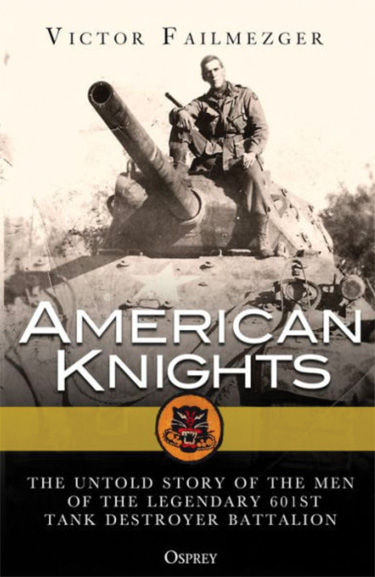 The Germans kept up the attack, and soon the Americans were so busy they could not back down the ridge or risk being overrun. They stayed visible and covered each other as best they could. The fighting went on until noon with several tank destroyers lost. More attacks would come later in the day, including a ruse using Germans in American uniforms and driving a captured half-track. By the time the fighting was over, the 601st would lose 27 of its tank destroyers but was credited with knocking out 37 enemy tanks and helping turn the tide of the attack. The novice U.S. Army held its own at El Guettar.
The Germans kept up the attack, and soon the Americans were so busy they could not back down the ridge or risk being overrun. They stayed visible and covered each other as best they could. The fighting went on until noon with several tank destroyers lost. More attacks would come later in the day, including a ruse using Germans in American uniforms and driving a captured half-track. By the time the fighting was over, the 601st would lose 27 of its tank destroyers but was credited with knocking out 37 enemy tanks and helping turn the tide of the attack. The novice U.S. Army held its own at El Guettar.
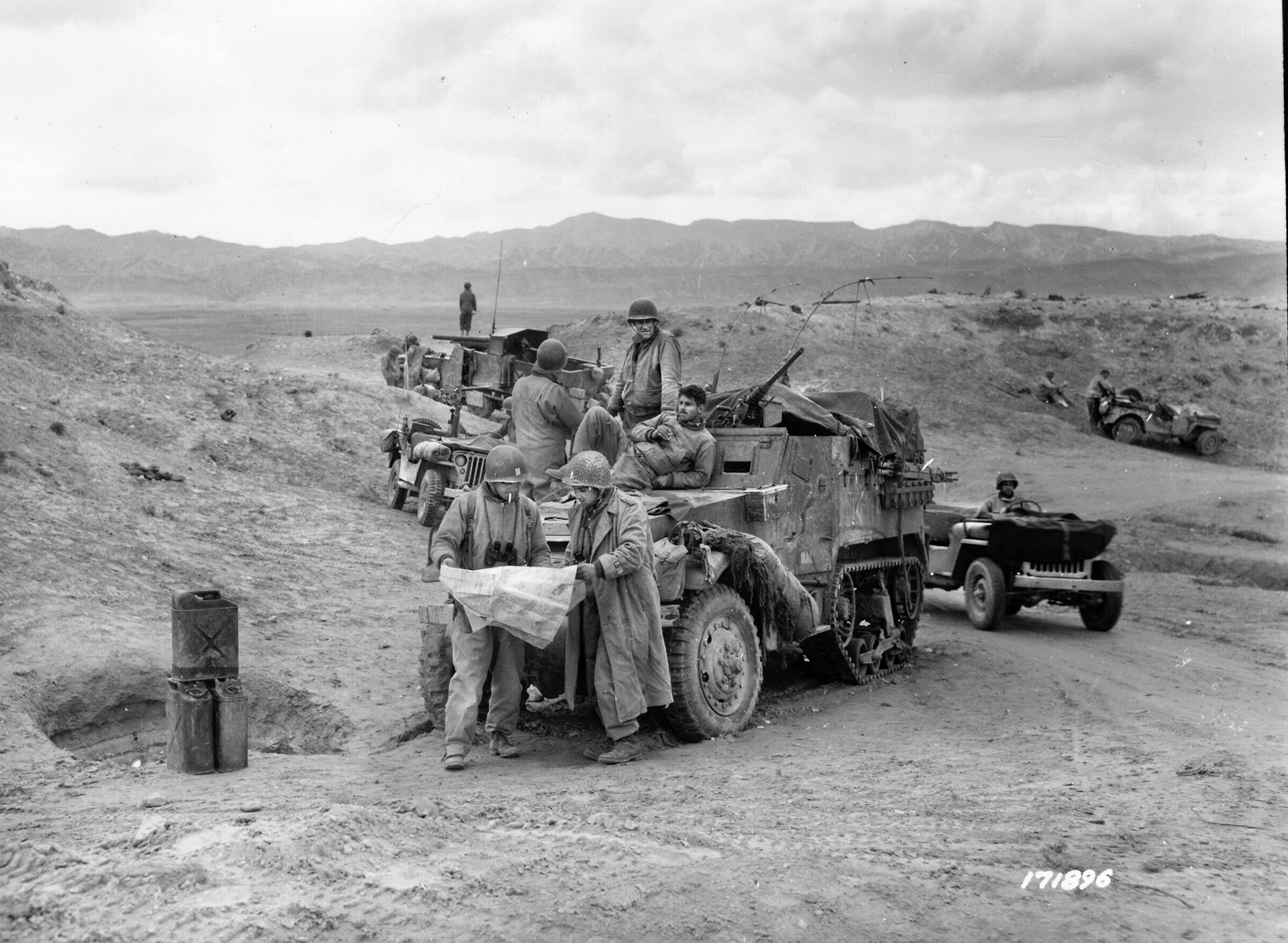
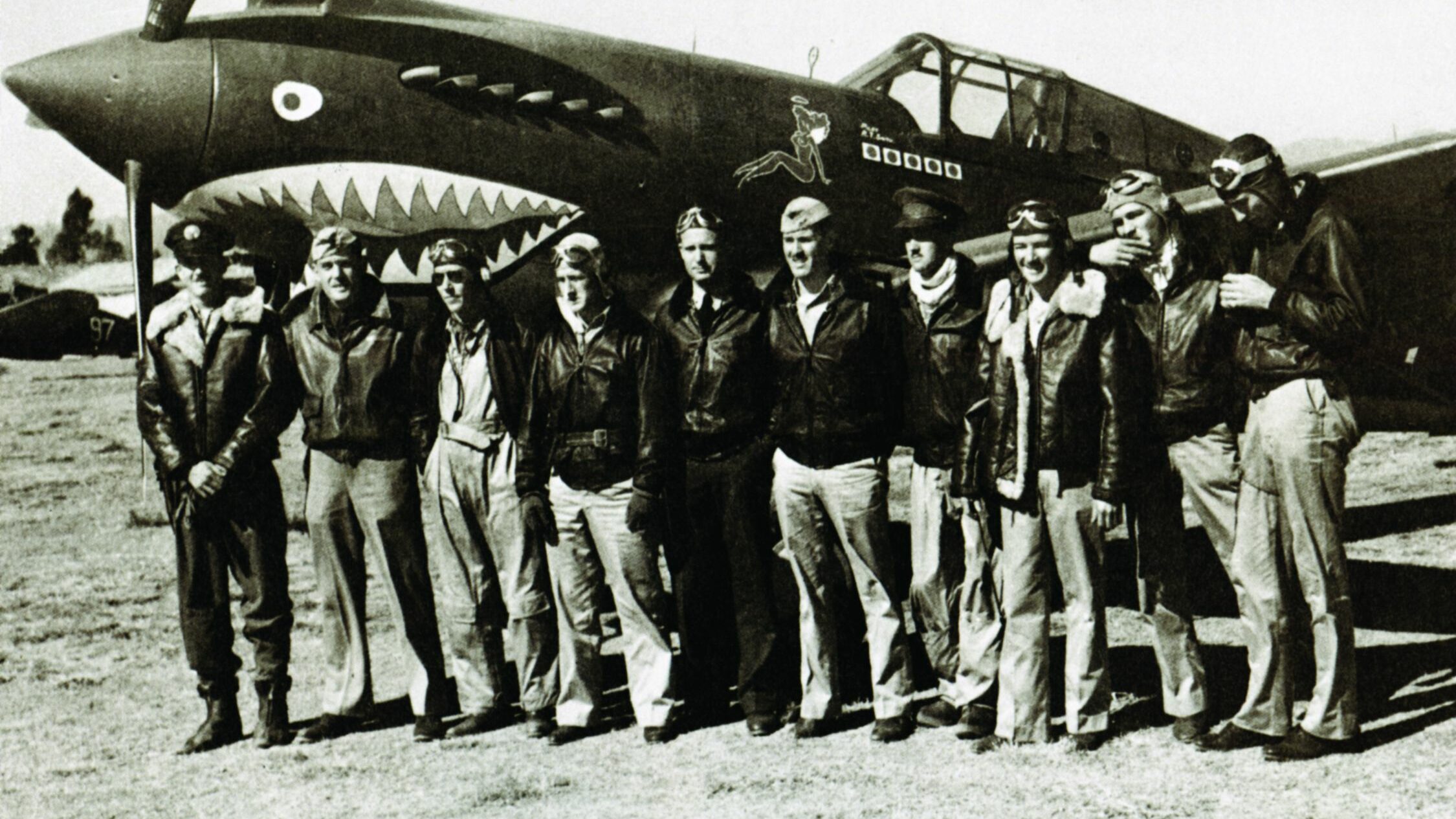
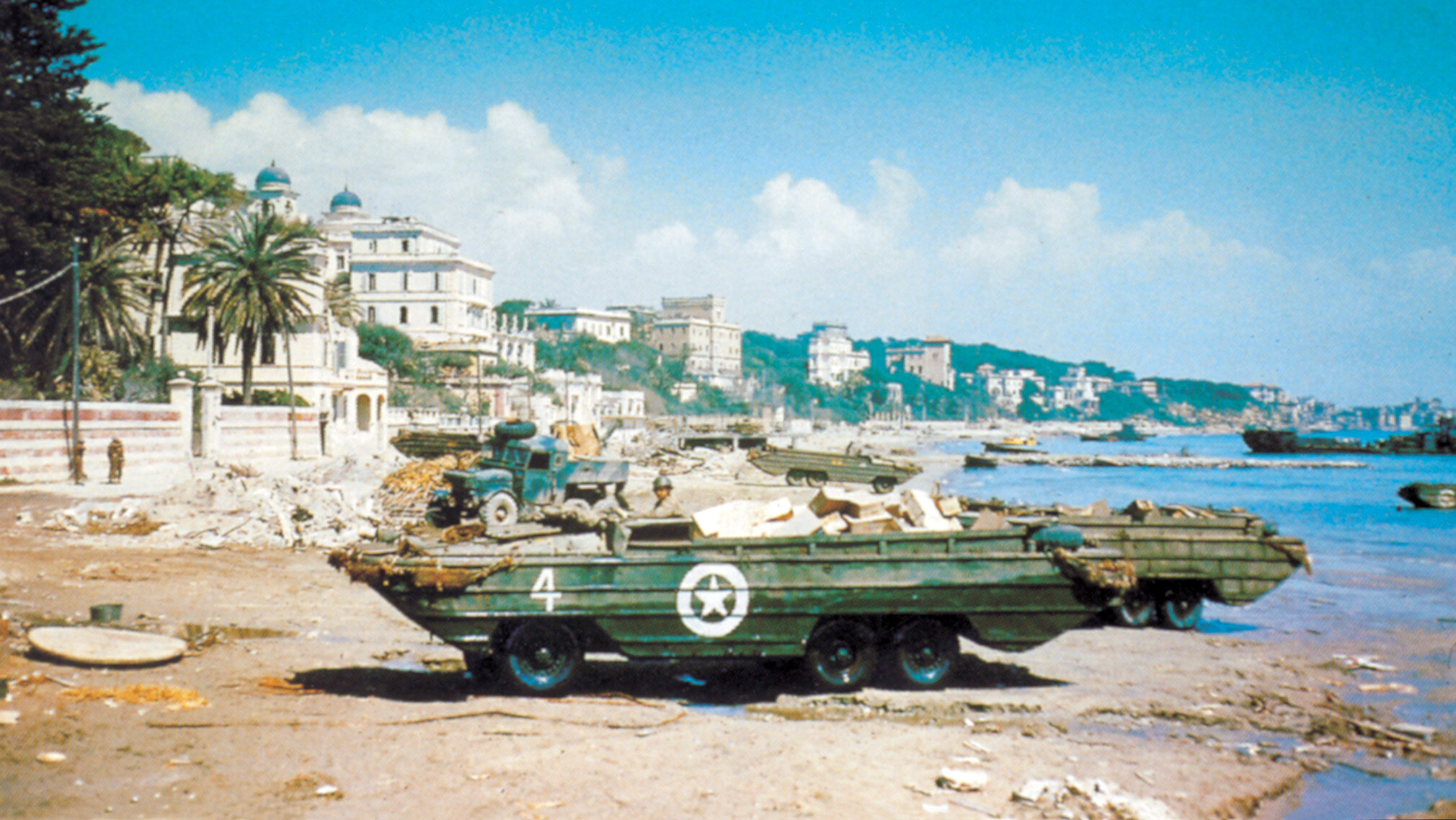
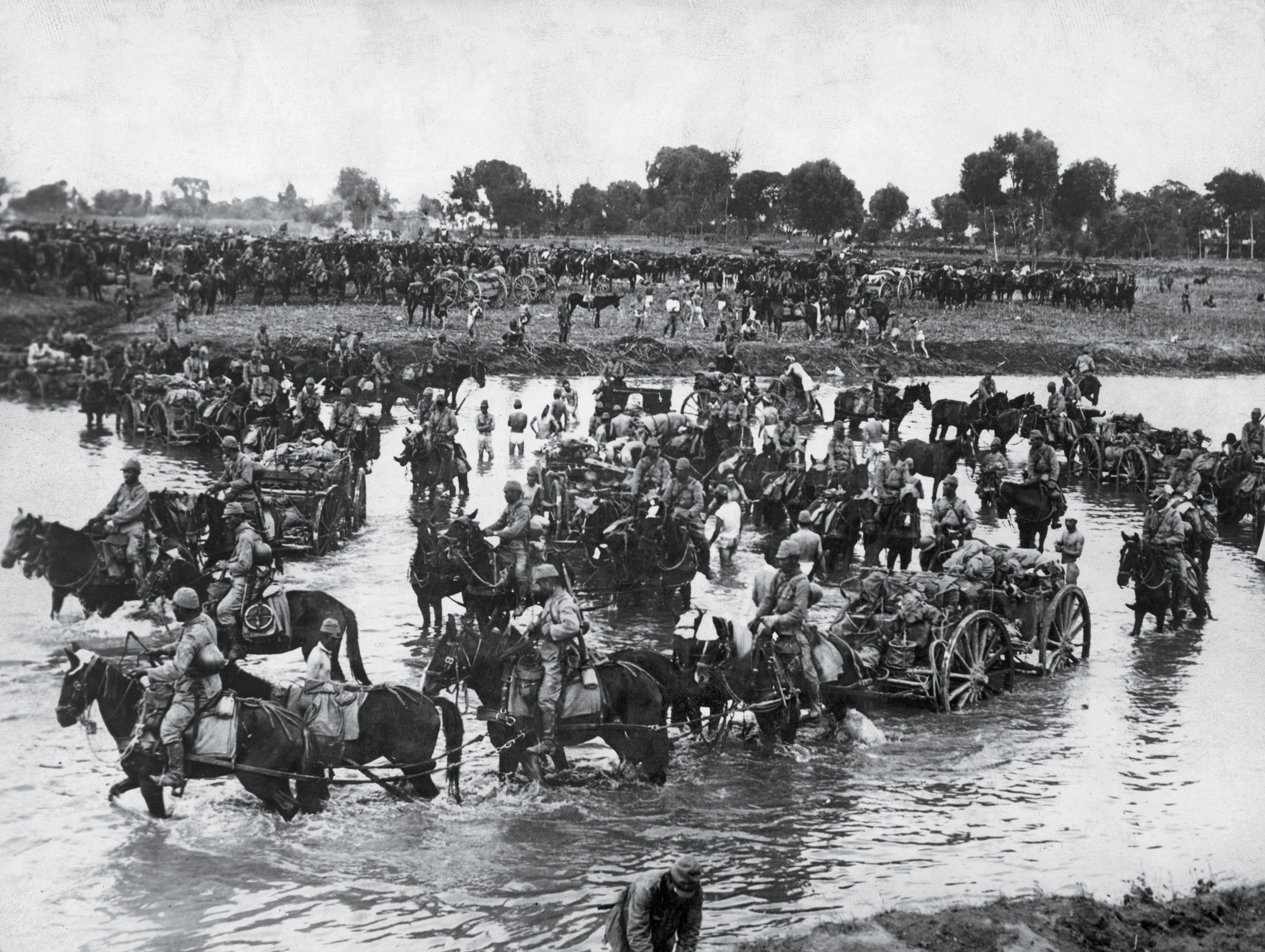
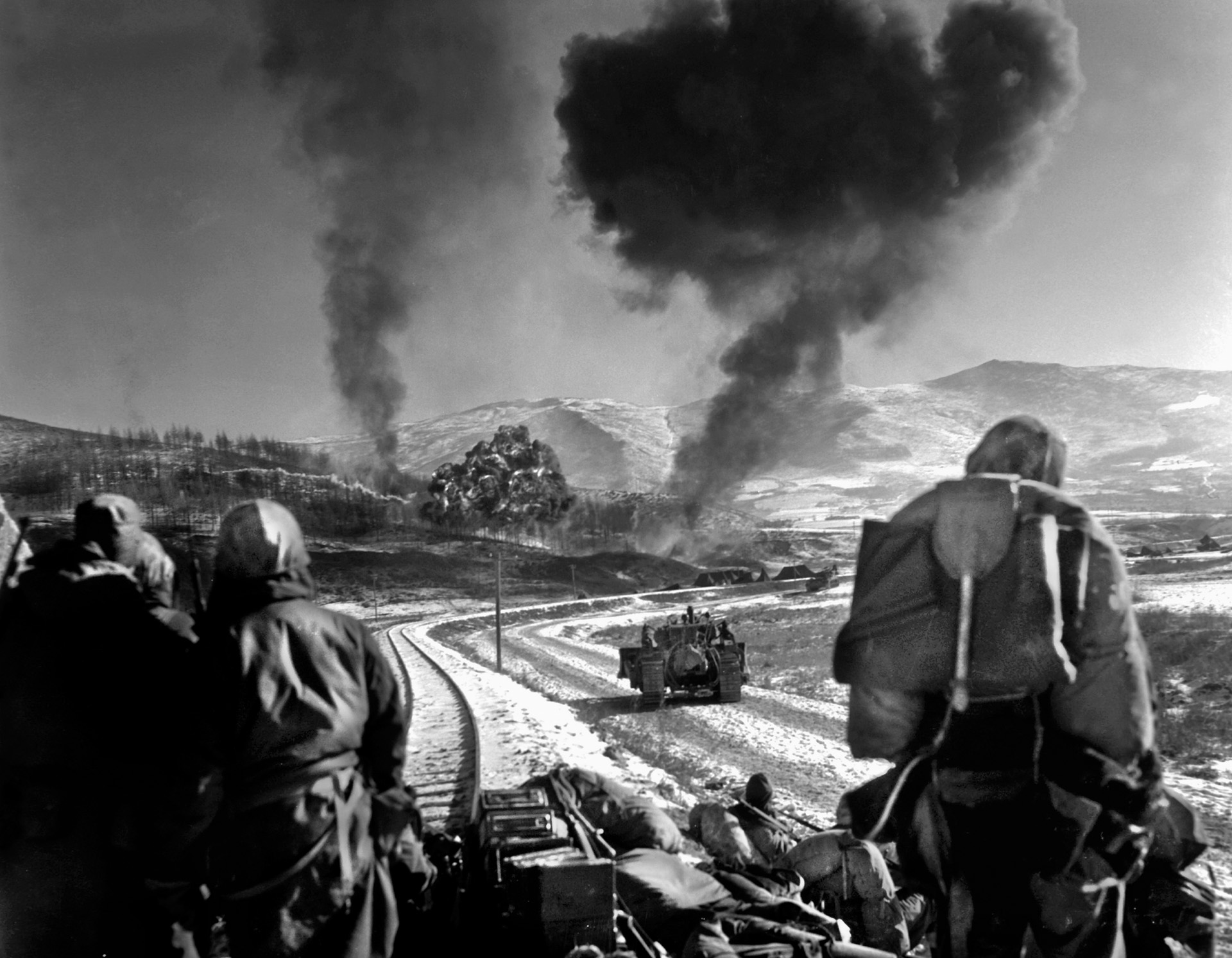
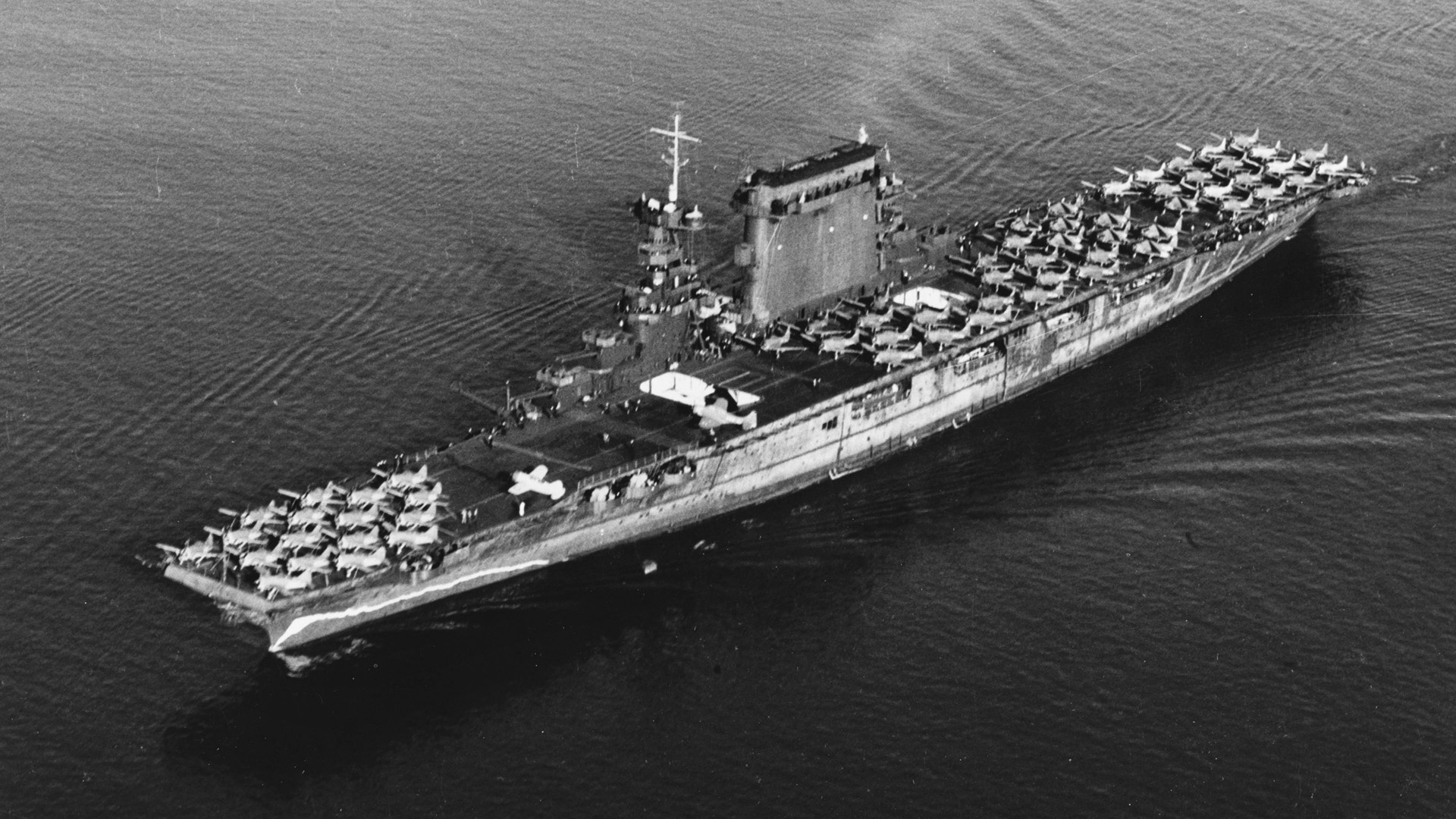
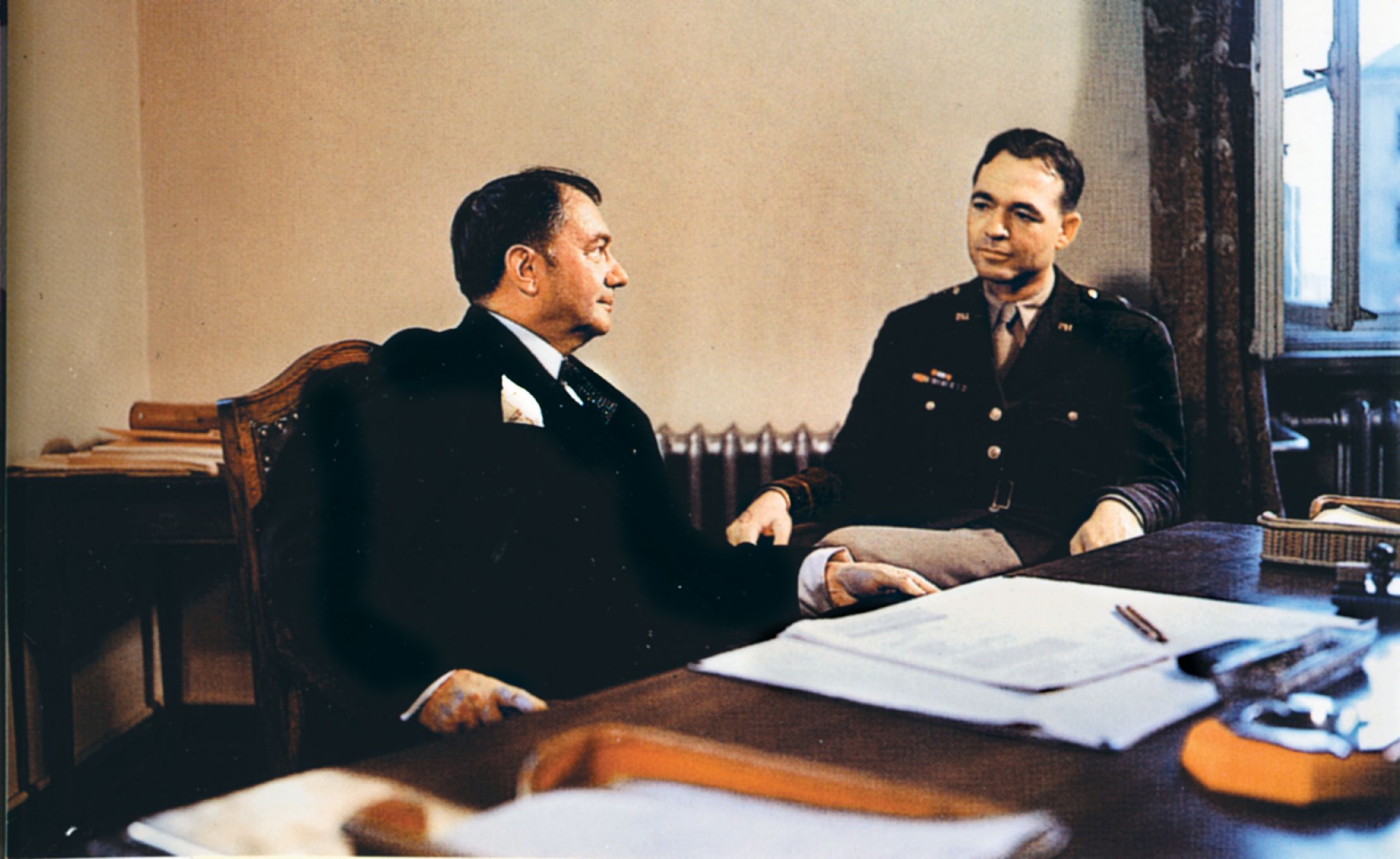
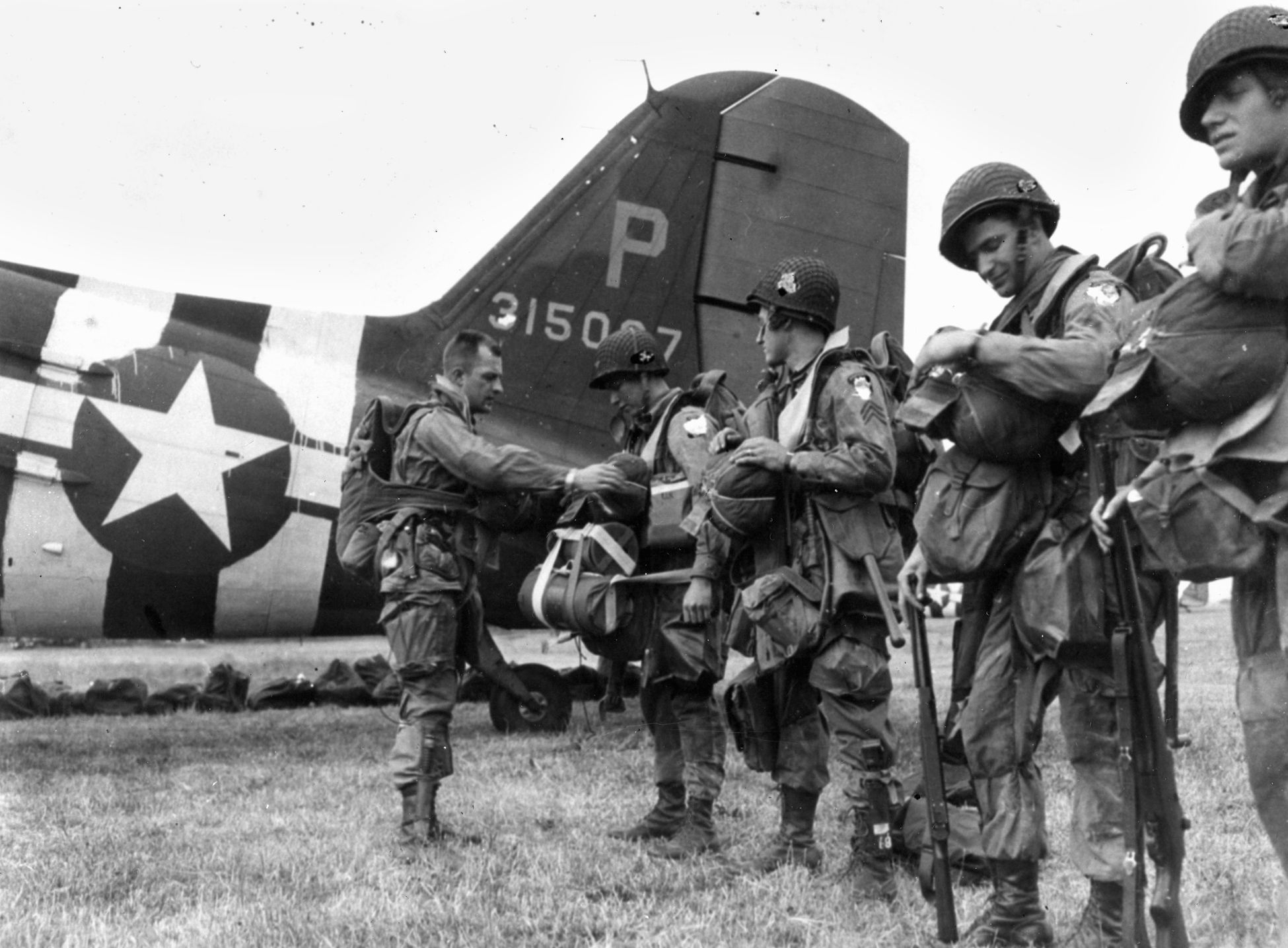
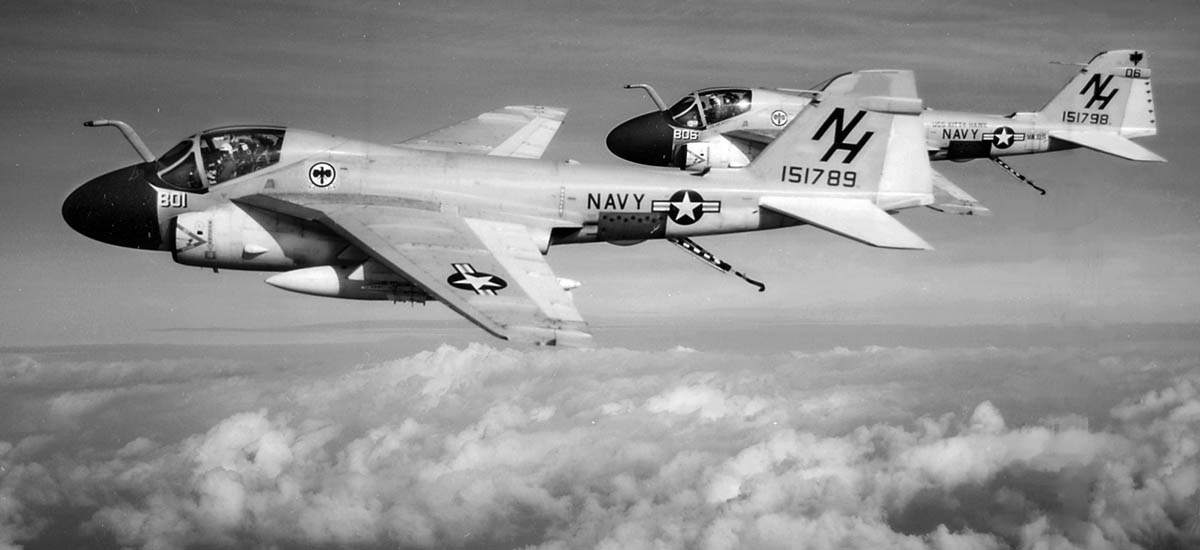
Join The Conversation
Comments